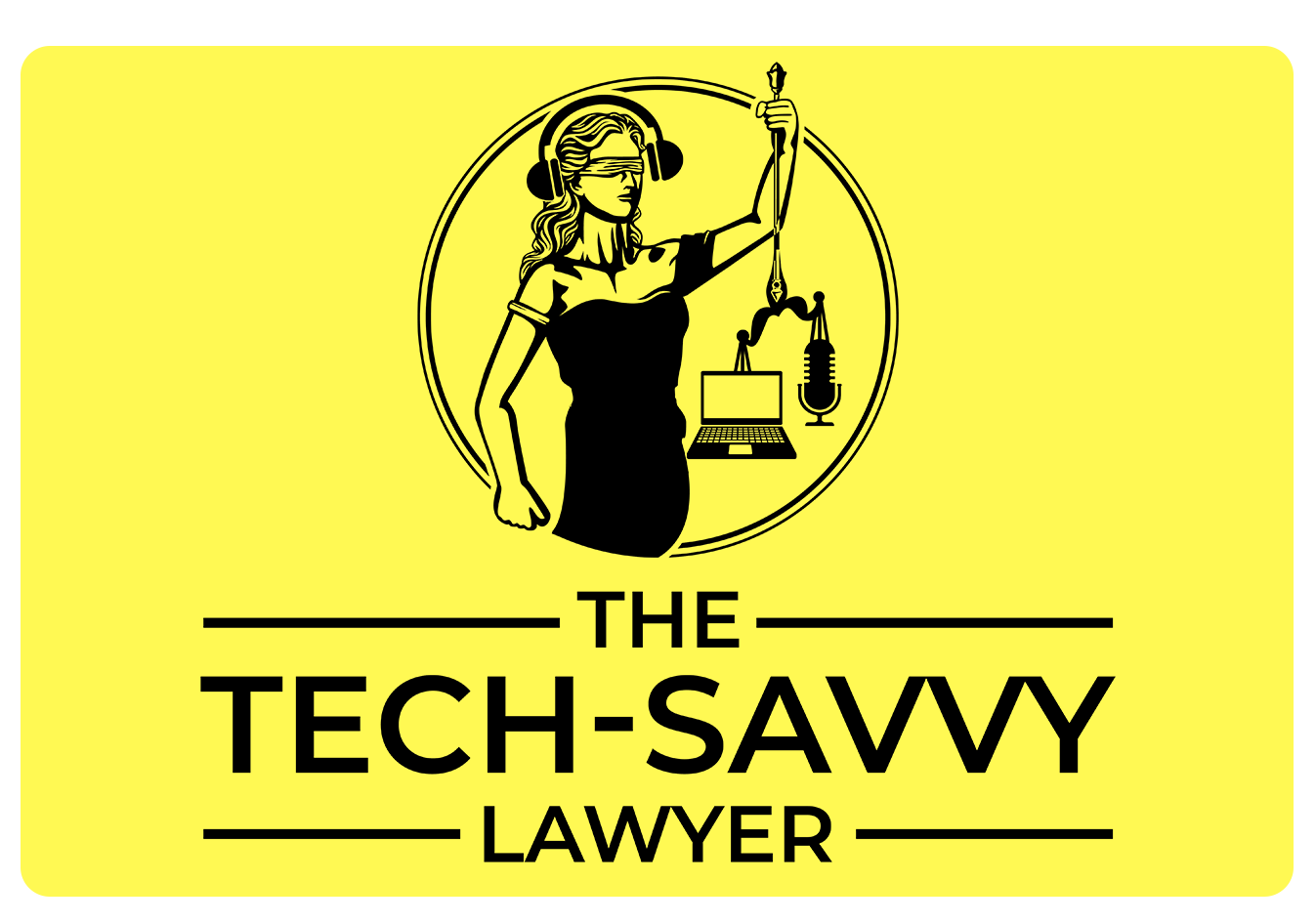🎙️ Ep. 113 - How Seth Price Scaled a 50-Lawyer Firm and Digital Agency: Tech, Cloud, and the Future of Legal Marketing!
/Seth Price, founding partner of Price Benowitz LLP and CEO of BluShark Digital, shares deep insights on leveraging technology to scale law firms. He highlights Salesforce, Clio, and Smart Advocate as essential tools, discussing their specific roles in case management and marketing automation. Seth outlines the evolution of digital marketing for lawyers, stressing the importance of content, links, and local reviews in SEO strategy. He offers tips for interpreting Google Analytics and staying ahead of algorithm changes. Concluding with advice on future-proofing practices, Seth urges law firm leaders to invest in adaptive tech stacks and remain inquisitive amid rapid innovation.
Join Seth and me as we discuss the following three questions and more!
What are the top three pieces of tech, software, or hardware you use to scale price benefits from a two-person firm to over 50 attorneys?
What are the top three ways you've seen digital marketing change for lawyers, and can you give us a tip for each one?
What are your top three tips for law firm leaders looking to future-proof their practices amid rapid technological change?
In our conversation, we cover the following:
[01:23] Seth's Tech Setup
[09:50] Top Three Tech Tools for Scaling Price Benefits
[11:27] Detailed Explanation of Clio and SmartAdvocate
[12:40] Digital Marketing Changes for Lawyers
[16:09] Importance of Local Search and Reviews
[19:00] Tips for Understanding Google Analytics
[25:13] Final Tips for Future-Proofing Law Firms
Resources:
Connect with Seth:
LinkedIn: linkedin.com/in/sethprice
Website: pricebenowitz.com/
Hardware mentioned in the conversation:
Comcast Xfinity: www.xfinity.com/learn/internet-service
Dell Computers: Dell.com
Verizon FiOS: verizon.com/home/internet/fios-fastest-internet/
Software & Cloud Services mentioned in the conversation:
Avvo.com: avvo.com/
Clio Cloud: clio.com/
HubSpot: hubspot.com/
QuickBooks Online: quickbooks.intuit.com/global/
Salesforce: salesforce.com/
SmartAdvocate: smartadvocate.com/
Supio: supio.com/
TextExpander: textexpander.com/
Yelp: yelp.com/
















